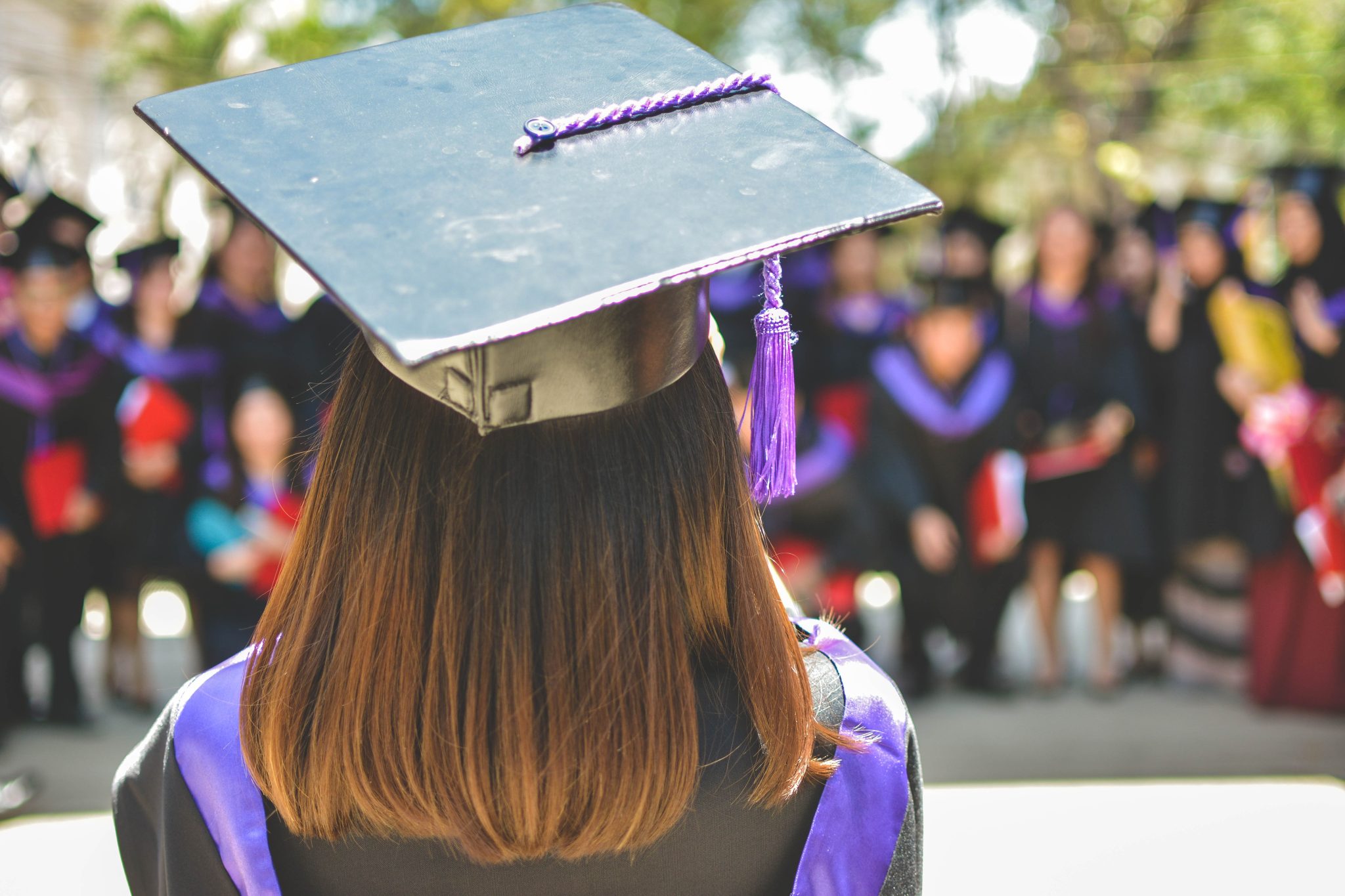
Editor’s Note: The following is an excerpt from The Problems with Student Loan Forgiveness, a new report from the Texas Public Policy Foundation that argues against universal and complete student loan forgiveness. This is the second in a series of six excerpts from the report.
Part 2: Educational Problems With Student Loan Forgiveness
The next category of problems with student loan forgiveness focuses on the educational problems it would create or exacerbate. As noted above, most students borrow reasonable amounts that they can repay. But some students do have unaffordable student loan debt. Yet this problematic debt is a symptom. The root causes are high and rising college costs and overborrowing by students. Loan forgiveness would not only fail to address either issue, but it would make both problems worse.
Current and Future Students Would Be Encouraged to Increase Their Borrowing
Some students already overborrow; yet as noted economist Lawrence H. Summers writes, “across the board relief of debts, where the vast majority can pay and are expected to pay, has the perverse effect of rewarding those most who borrow most” (Summers, 2021). For example, one orthodontist borrowed over $600,000, and because his payments do not cover the accruing interest, his balance has since grown to over a million dollars (Mitchell, 2018). Student loan forgiveness would reward decisions like this.
But it gets worse because rewarding past bad decisions will encourage future bad behavior. As Douglas Holtz-Eakin notes, forgiveness would “create moral hazard – the notion that past forgiveness programs will be repeated, thus reducing the incentive to repay loans in a timely fashion” (Holtz-Eakin, 2020, para. 2) as future students expect additional rounds of forgiveness. Beth Akers walks us through the likely response of current and future students:
Suppose we wiped away all student debt today. What would it mean for a student about to enroll in college this fall? It means they would be smart to borrow every penny they could for school, and hope and pray for a politically inevitable second round of loan forgiveness. (Akers, 2021a, para. 2)
Forgiveness would also “likely encourage future students to … attend more expensive schools, and make less of an effort to constrain living expenses (also paid with loans)” (Akers, 2021b, para. 4). We have already seen evidence for this response due to the forgiveness provisions of some of the income-driven repayment programs where one college’s advertising campaign told students “Stop wasting your money on student loan payments” (Delisle & Holt, 2012, p. 1). Imagine how much students will borrow when that becomes the conventional wisdom among all college students. Instead of around a third of students borrowing, virtually all students would; and instead of striving to minimize their debt, students would borrow as much as possible.
Colleges Would Be Encouraged to Raise Tuition
Students are not the only ones who would react strategically to student loan forgiveness—colleges would “respond to this new reality by raising tuition commensurately” (Davies & Harrigan, 2021, para. 6). Raising tuition would provide colleges with additional resources that they can use to hire more and better faculty, recruit more and better students, upgrade the campus, etc. (Gillen, 2012). If students do not have to repay the debt that finances all these ventures, then one of the only significant constraints on tuition—student and parent willingness to pay—is removed. The resulting incentives for colleges to raise tuition would “exacerbate the already out-of-control inflation in the higher-education industry” (Akers, 2021b, para. 4). Mike Rowe correctly argues that “forgiving student debt would send a terrible message to the very same universities that already gouge their customers with sky-high tuition. Tuition will never come back to earth” (quoted in Conklin, 2020, para. 4).
Forgiveness Would Exacerbate the Problem It Is Trying to Solve
If high tuition and overborrowing are the root causes of problematic student loan debt, then proposing a solution that makes both overborrowing and tuition inflation worse is counterproductive. Forgiveness would seek to treat the symptom rather than the disease, and in doing so would inadvertently make the disease worse. To borrow a quote from Wolfgang Münchau (writing on a different topic) “this is the equivalent of putting explosives into a can, before kicking it down the road” (Münchau, 2011, para. 1).
This point is recognized by both sides of the political spectrum. Kevin Carey, from the left-leaning New America, writes that “debt forgiveness alone would be like treating a contaminated river without stopping the source of the pollution” (Carey, 2020, para. 18). Similarly, Rick Hess, from the right-leaning American Enterprise Institute, writes that forgiveness “ineptly addresses the symptoms of runaway college costs (by disproportionately showering largesse on Ivy-trained law school grads) while doing nothing about the drivers of this purported ‘crisis’” (Hess, 2020, para. 6).
While most progressives ignore the problems that one-time student loan forgiveness would create, there are a few exceptions. For example, Fullwiler et al. (2018) acknowledge that one-time forgiveness would lead to undesirable outcomes and argue it needs to be paired with “free or debt-free college” to “avert the problem of moral hazard” (p. 49) that would accompany one-time forgiveness. Yet, the costs of implementing “free” or “debt-free” college are not included in their analysis of the costs and benefits of student loan forgiveness.
Image: MD Duran, Public Domain
The author’s points are well-taken. Unfortunately, most so-called “journalists” have yet to figure this out and simply parrot the politicians’ propaganda. There are ways to address the real problems without making the situation worse by so-called “forgiveness”, but those possibilities are rarely discussed or considered.